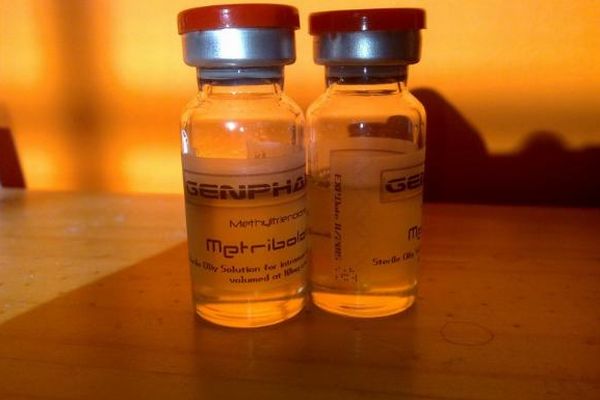
Metribolone (methyltrienolone aka R1881) is a potent, non-aromatizable androgen that is structurally similar to trenbolone and has been referred to as “oral tren.” Methyltrienolone binds strongly to the androgen receptor (AR) and is a more potent agonist (activator) of the androgen receptor than is DHT. 17a-methyltrienolone is listed at 30,000 times more anabolic than methyltestosterone according to Julius Vida in “Androgens and Anabolic Agents: Chemistry and Pharmacology.” Effective dosages begin at only 25mcg.
Steroid experts William Llewellyn and Patrick Arnold have each called methyltrienolone one of the “most powerful” anabolic steroids ever created. It is also one of the most hepatotoxic androgens ever produced. Originally developed by Roussell-UCLAF during the 1960s, the hepatoxicity of Metribolone prevented its commercial release. Bill Roberts likened the toxicity of methyltrienolone to that of taking high dosages of Anadrol combined with high dosages of Halotestin concurrently.
According to Patrick Arnold, several athletes used methyltrienolone in the 1990s and were able to successfully pass doping controls looking for methyltrienolone due to the very small quantities of the steroid required for performance enhancing effects. He was somewhat surprised that methyltrienolone was detected by drug testers in the Greek steroid scandal suggesting that anti-doping tests have improved for the substance; 11 Greek weighlifters and 4 Greek track and field athletes tested positive for methyltrienolone prior to the 2008 Beijing Olympic Games.
Patrick Arnold is organic chemist who developed the once undetectable anabolic steroid tetrahydrogestrinone (THG) for BALCO. THG is a modified form of methyltrienolone. In March 1997, Patrick Arnold published a detailed recipe on how to synthesize methyltrienolone from the easily obtainable veterinarian Finaplix-H (trenbolone acetate) pellets used for cattle.

About the author
Millard writes about anabolic steroids and performance enhancing drugs and their use and impact in sport and society. He discusses the medical and non-medical uses of anabolic-androgenic steroids while advocating a harm reduction approach to steroid education.
